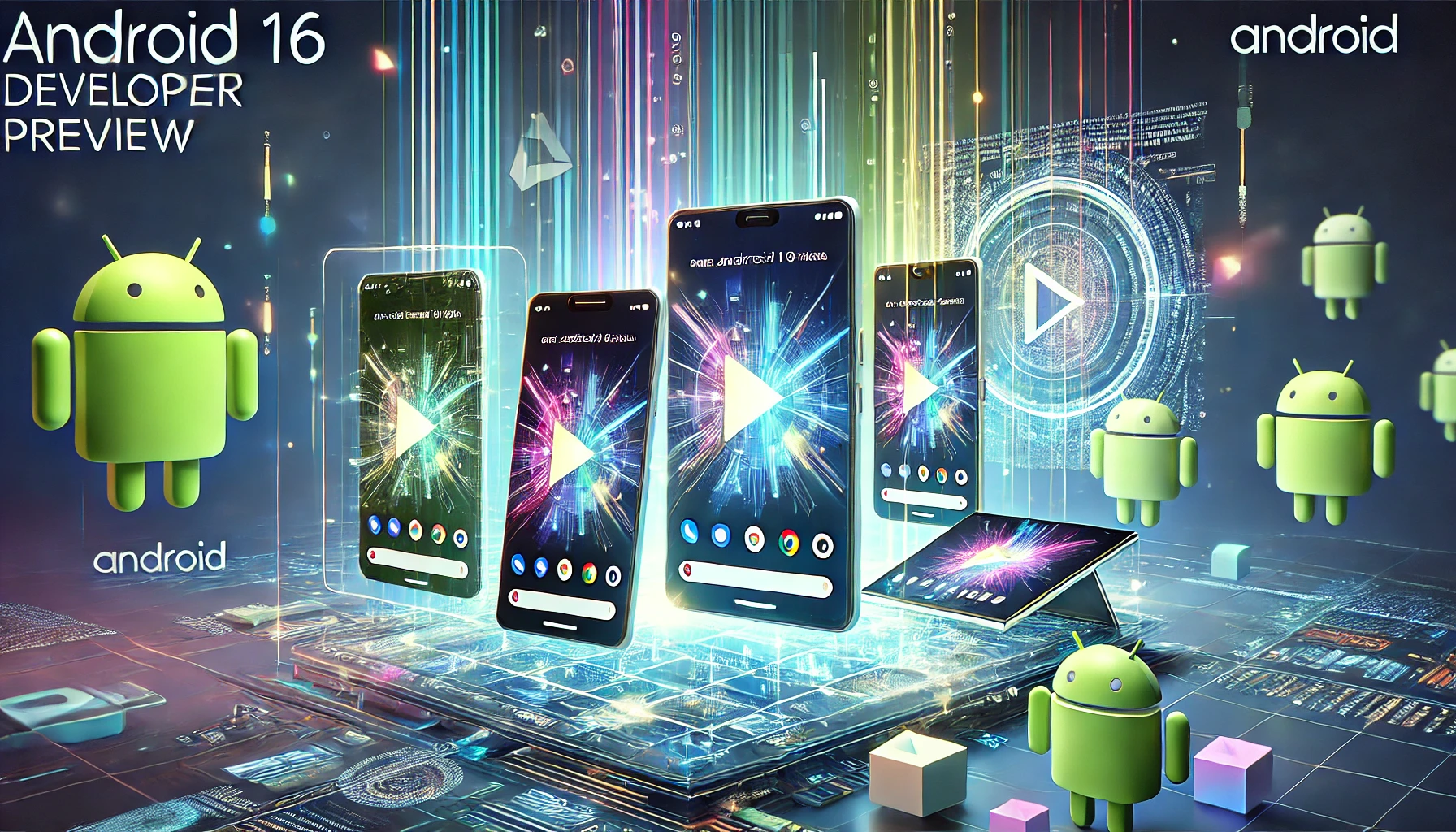Early Android 16 Launch Stirs Excitement
Google has surprised users by launching the Android 16 Developer Preview much earlier than expected. This release, targeted primarily at developers, offers an early glimpse of the upcoming features for Android devices. While it’s tempting to jump in, the preview comes with risks, as it is still unstable and prone to bugs.
Who Can Access Android 16?
The Developer Preview is only available for a specific list of devices, including:
- Pixel 6 series: Pixel 6, 6 Pro, 6a
- Pixel 7 series: Pixel 7, 7 Pro, 7a
- Pixel 8 series: Pixel 8, 8 Pro, 8a
- Pixel 9 series and more: Pixel Fold and Pixel Tablet
If you don’t own one of these devices, you cannot install the preview.
Is It Worth Installing?
Though the preview is exciting, it comes with a warning. Since this version is designed for testing purposes, it may contain bugs that can disrupt your device’s performance. Google advises against using it on your primary phone. However, if you own a spare Pixel and are prepared for potential instability, it’s worth exploring the new features.
Step-by-Step Guide to Install Android 16
If you’re ready to proceed, here’s a simple guide to install the Android 16 Developer Preview on your Pixel device.
Step 1: Backup and Prepare Your Phone
Start by backing up all your data, as the installation process will erase everything. Next, unlock your phone’s bootloader:
- Go to Settings > About Phone and tap Build Number multiple times to enable Developer Options.
- In Developer Options, turn on OEM Unlocking.
Step 2: Download the Update File
Choose between a Factory Image (wipes all data) or an OTA file (preserves your data). Download the correct file for your Pixel model from Google’s official site.
Step 3: Boot into Recovery Mode
Turn off your phone. Press and hold the Volume Down and Power buttons together until you see the bootloader menu. Use the volume buttons to select Recovery Mode and press the Power button to confirm.
Step 4: Connect to a Computer
Connect your phone to a computer with ADB tools installed. If ADB isn’t already installed, download it from the Android Developer website. Windows users can also use the Universal ADB Driver for an easier setup.
Step 5: Sideload the Update
Once in Recovery Mode, connect your device to the computer. On the computer, open a command window and type:
adb sideload [filename].zip
Replace [filename] with the name of the OTA file you downloaded. This command initiates the installation process.
Step 6: Reboot Your Device
After the update finishes installing, select Reboot Now from the Recovery Mode menu. Your Pixel will restart with Android 16 running.
Proceed with Caution
The Android 16 Developer Preview offers a sneak peek at what’s to come, but it’s far from a polished release. Its instability and potential bugs make it unsuitable for daily use. However, if you’re eager to test the latest features and have a spare Pixel device, this is your chance to dive in.
Key Takeaway: The Developer Preview is an exciting milestone for Android enthusiasts but comes with risks. Only install it if you’re prepared to handle potential issues. For a smoother experience, wait for the Beta release in early 2025.











